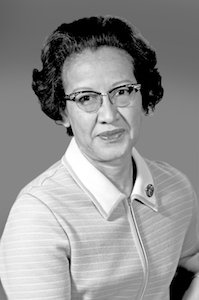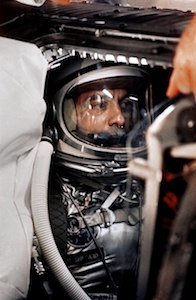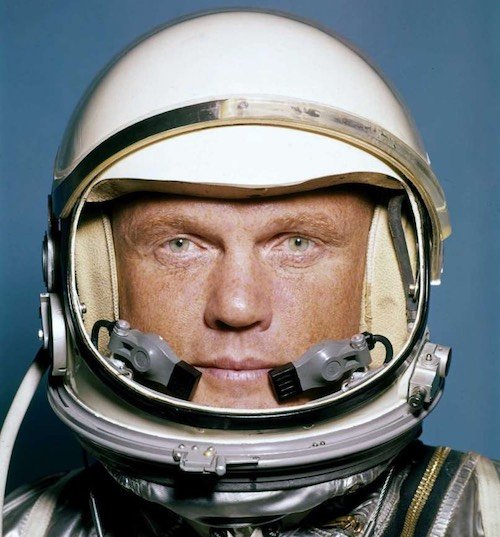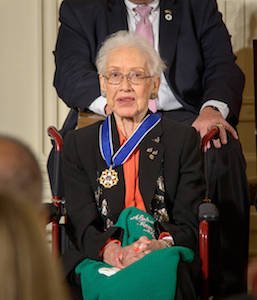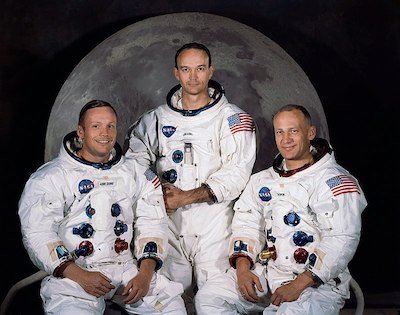
The Apollo 11 lunar landing mission crew, pictured from left to right, Neil A. Armstrong, commander; Michael Collins, command module pilot; and Edwin E. Aldrin Jr., lunar module pilot. Image from Wikipedia.org.
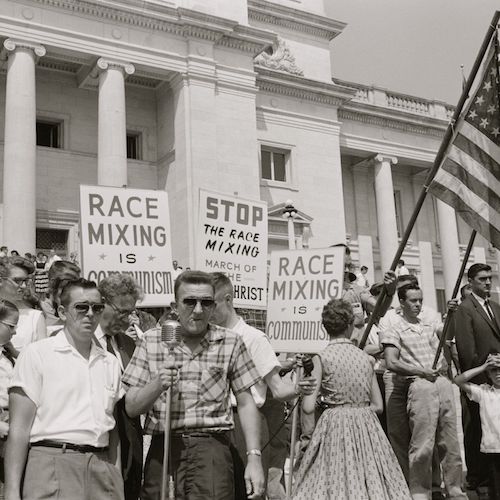
White supremacists protesting against the 1938 desegregation rule. Image from vox.com.
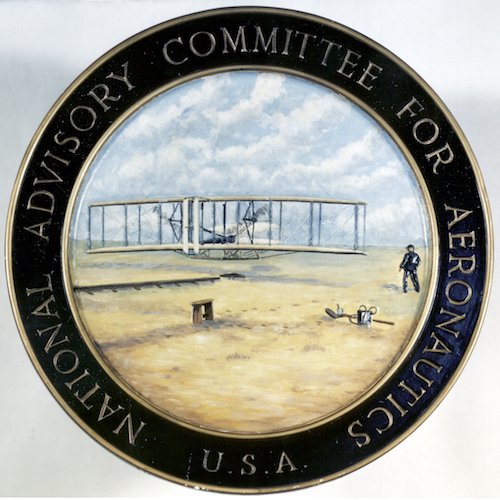
National Advisory Committee for Aeronautics. Image from wikipedia.org.
Johnson was born Katherine Coleman, in 1918, in White Sulphur Springs, West Virginia. She was the youngest of four children. Johnson showed a talent for math from an early age. She graduated from high school at 14 and entered West Virginia State College (now West Virginia State University), a historically black college. As a student, Johnson took every math course offered by the college.
Multiple professors took Katherine under their wings, including chemist and mathematician Angie Turner King, who had mentored the girl throughout high school, and W.W. Schieffelin Claytor, the third African American to receive a PhD in math. Claytor added new math courses just for Katherine. She graduated summa cum laude in 1937, with degrees in Mathematics and French, at age 18. She took on a teaching job at a black public school in Virginia.
Katherine Johnson
was the first African-American woman
to attend graduate school at
West Virginia University.
In 1939, after marrying her first husband, James Goble, Johnson left her teaching job and enrolled in a graduate math program, but quit after one year, having become pregnant and choosing to focus on her family. At the time of her entry, she was the first African-American woman to attend graduate school at West Virginia University in Morgantown, West Virginia. Through WVSC's president, she became one of three African-American students, and the only female, selected to integrate the graduate school after the United States Supreme Court had ruled in 1938 that states that provided public higher education to white students also had to provide it to black students.
Johnson decided on a career as a research mathematician, although this was a difficult field for African Americans and women to enter. The first jobs she found were in teaching. It was not until 1952, at a family gathering, that a relative mentioned that the National Advisory Committee for Aeronautics (NACA) was hiring mathematicians (the NACA was superseded by the NASA in 1958). At the Langley Memorial Aeronautical Laboratory, based in Hampton, Virginia near Langley Field, NACA hired African-American mathematicians as well as whites for their Guidance and Navigation Department. Johnson was offered a job in 1953. She accepted and became part of the early NASA team.
NACA hired not only white mathematicians but also African-Americans to operate their Guidance and Navigation Department. However, they worked in different rooms.
EDUCATION
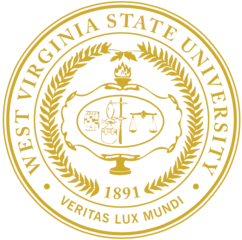
West Virginia State University.
Image from Wikipedia.org.
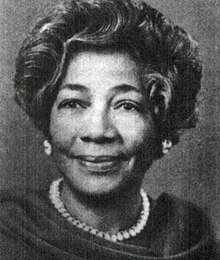
Angie King Turner (1905-2004), mathematician at West Virginia State College.
Image from Wikipedia.org.
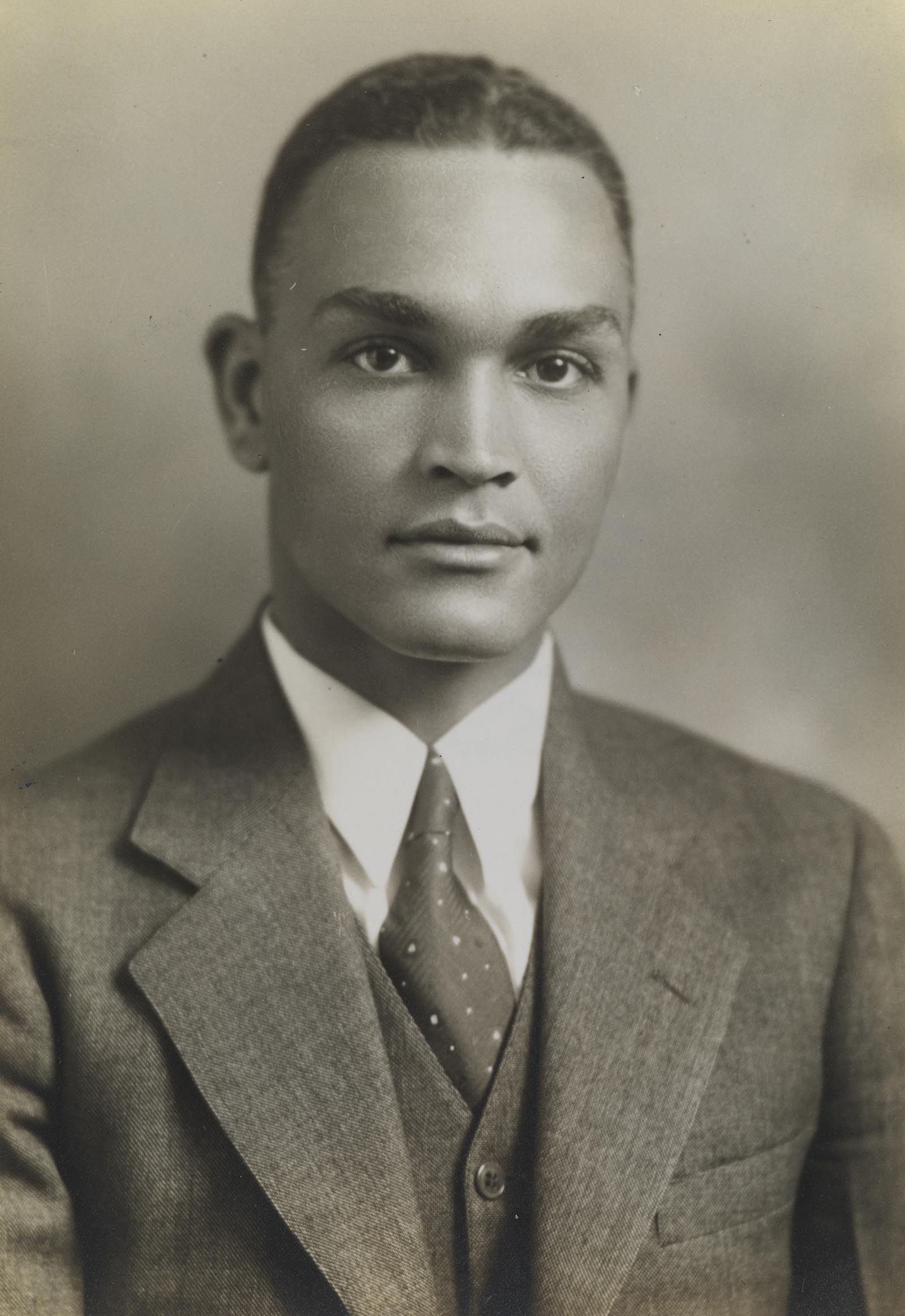
William Schieffelin Claytor (1908-1967), third African-American to earn a Ph.D. in mathematics.
Image from undark.org.
